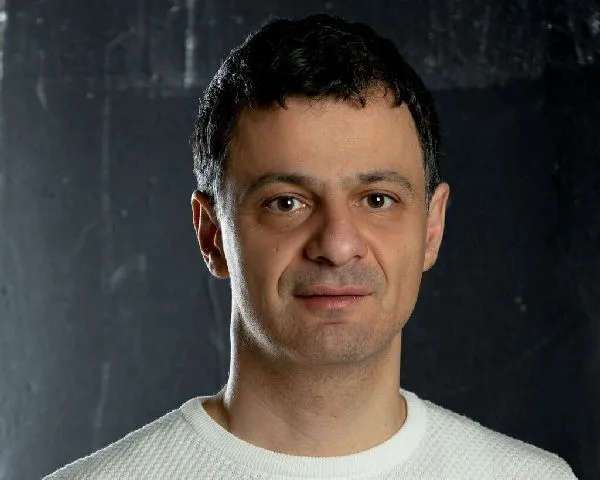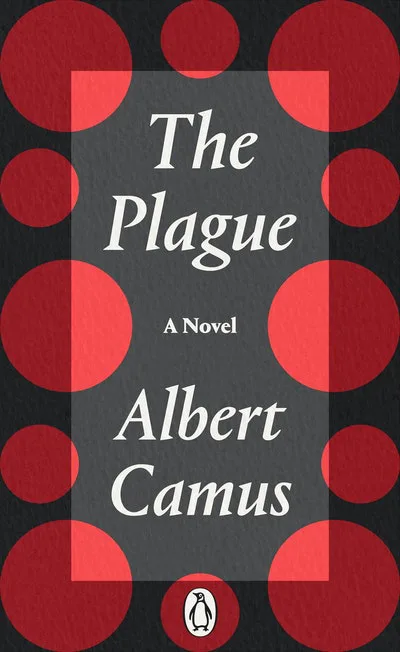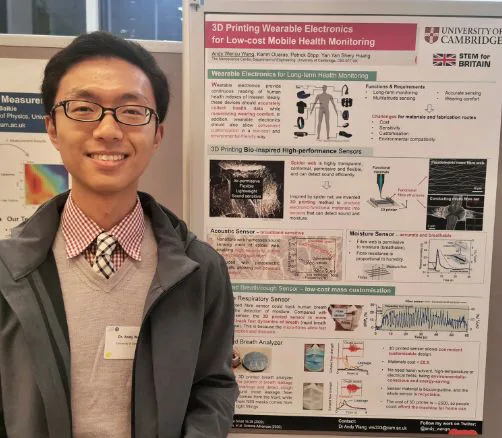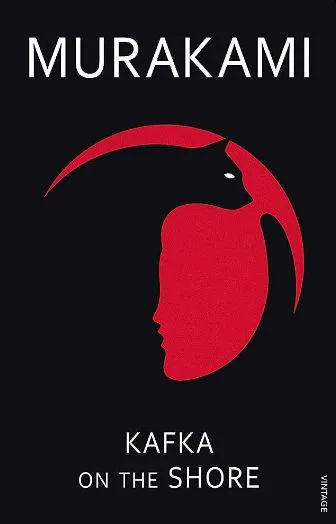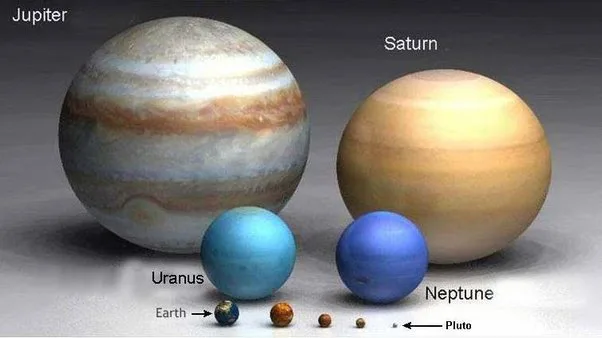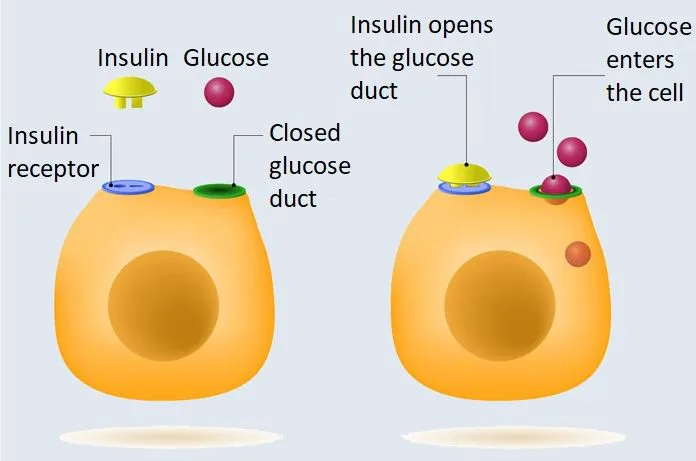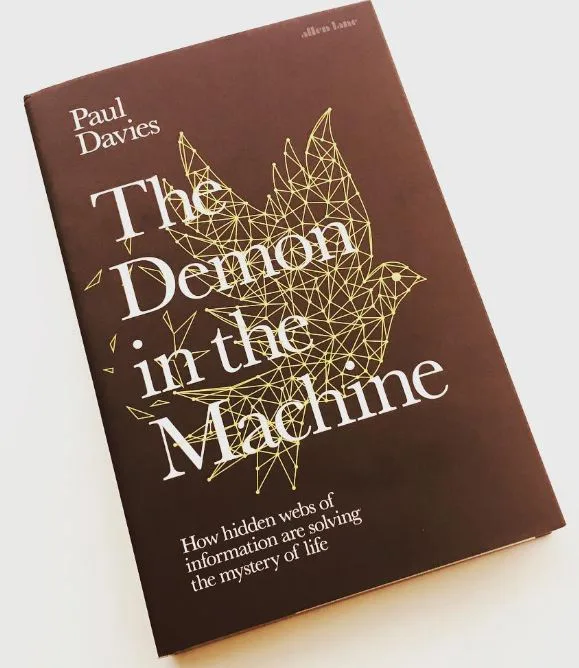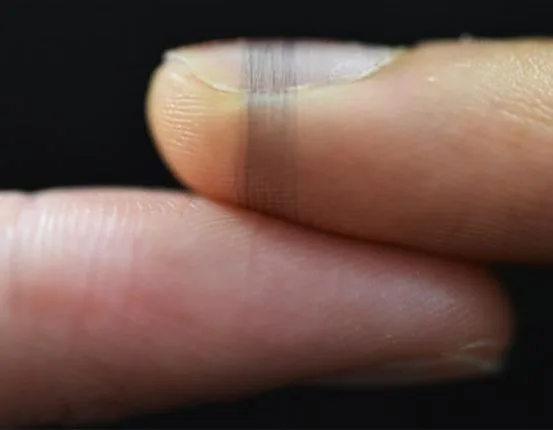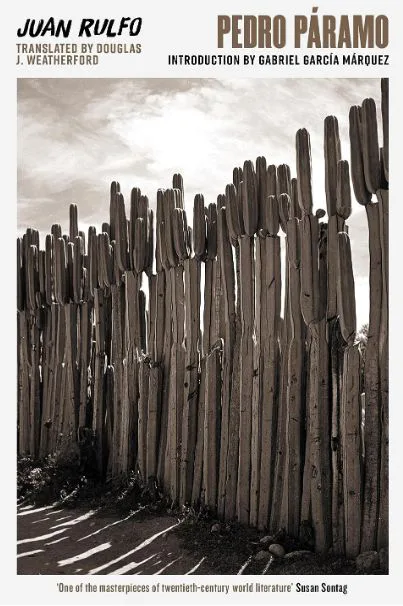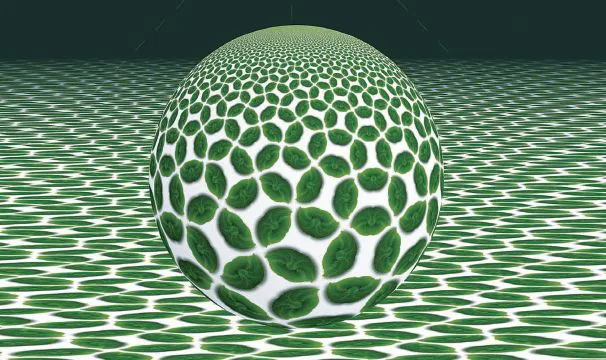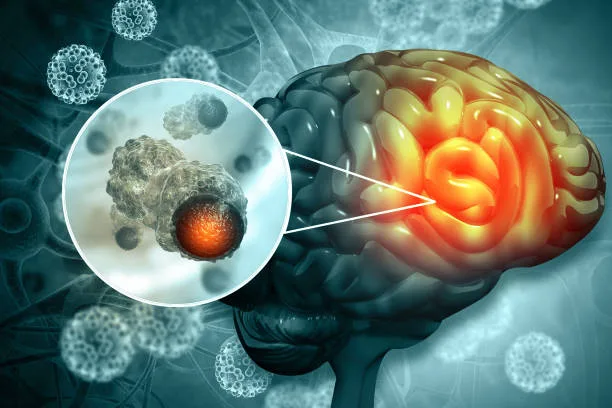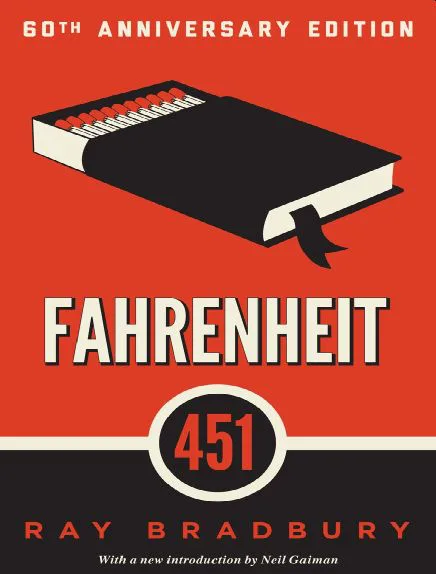It is my honor to interview Dr. Artem R. Oganov, a world-renowned scientist whose expertise spans chemistry, crystallography, mineralogy, and materials science. He is the winner of many awards, including the prestigious European Mineralogical Union medal. And since 2017, he has been a proud member of the European Academy of Sciences.
Read MoreYear: 2024
Book Review: The Plague by Albert Camus
“The Plague” is a book written by Albert Camus in 1947. The story is set in Oran, a city in French Algeria, and describes what happens when a deadly disease spreads through the city. We don’t know who the person telling the story is until the last chapter. The book shows what life is like in Oran during the plague.
Read MoreInterview: Dr. Andy Wang, a Bioelectronics Scientist at the University of Cambridge, England
Meet Dr. Andy Wang, PhD, a leading researcher in the Biointerface Group at the University of Cambridge, under the esteemed Prof. Shery Huang. Dr. Wang brings a wealth of expertise to the field, having earned a Bachelor’s degree in Mechanical Engineering from the prestigious Tsinghua University in 2016, followed by a PhD in the same field from the world-renowned Cambridge University Engineering Department in 2021.
Read MoreBook Review: Kafka on The Shore by Haruki Murakami
Haruki Murakami’s works are quite intriguing. “Kafka on the Shore” is my second read after “Norwegian Wood”. It was first published in 2005. The book was acclaimed by The New York Times as one of “The 10 Best Books of 2005” and earned the prestigious World Fantasy Award for 2006.
Read MoreBook Review: The Book Thief by Markus Zusak
“The Book Thief” is a historical fiction novel written by Markus Zusak. It was first published in 2005. When I began reading the book, I immediately knew I would enjoy it. The writing style was refreshingly straightforward, and the unique perspective of Death as the narrator flowed seamlessly.
Read MorePlanetary Puzzle: Aquodiium Ions may Influence Uranus and Neptune’s Magnetic Fields
Scientists from Skoltech and their Chinese colleagues have discovered conditions that might allow for the existence of a unique ion called aquodiium. This ion is essentially a water molecule that has gained two extra protons. This means, the “regular” H₂O formula with two additional protons (H⁺), will make its chemical formula H₅O²⁺.
Read MoreInsulin Resistance: Ketones Found to Revive Neuron Function
Recent research conducted by the Del Monte Institute for Neuroscience at the University of Rochester focused on understanding how ketones affect the brain’s hippocampal network. The hippocampus is a crucial brain region involved in memory formation and spatial navigation.
Read MoreBook Review: The Demon in the Machine by Paul Davies
The Demon in the Machine: How Hidden Webs of Information Are Finally Solving the Mystery of Life by Paul Davies was first published in 2019. This book comes with a wealth of knowledge, as the author has put together physics, chemistry, biology, and information theory.
Read MoreElectronic Spider Silk: A Versatile Solution for Bioelectronics
Super-thin and flexible electronics are here to stay. This tech will not only create but it will also revolutionize the use of gadgets. Since, it leads to unlimited possibilities for innovative and practical applications. Some of the them include but not limited to – wearable tech, portability, healthcare applications, space probes etc.
Read MoreBook Review: Pedro Páramo by Juan Rulfo
When I decided to read One Hundred Years of Solitude by the Colombian author Gabriel García Márquez, I found out that it was inspired by Juan Rulfo’s Pedro Páramo. So, I thought it would be fun to read Pedro Páramo first!
Read MoreBook Review: A Pale View of Hills by Kazuo Ishiguro
“A Pale View of Hills” is Kazuo Ishiguro’s debut novel, published in 1982. This is actually my third time diving into Ishiguro’s world. After being captivated by “Never Let Me Go” and “Klara & the Sun,” I couldn’t resist exploring more of his work.
Read MoreInterview: Dr. Laura E. Newman, a Cell Biologist at the University of Virginia School of Medicine, US
Meet Dr. Laura E. Newman, an Assistant Professor in the Department of Cell Biology at the University of Virginia School of Medicine, United States. Her research delves into the intriguing role of mitochondria—these tiny powerhouses that were once ancient bacteria now living inside our cells—as crucial regulators of cellular signaling.
Read MoreBook Review: The Symmetries of Things by John Horton Conway, Heidi Burgiel, and Chaim Goodman-Strauss
“The Symmetries of Things” explores mathematical symmetry and the symmetrical properties of geometric objects. The book was a collaborative effort spanning many years, authored by John Horton Conway, Heidi Burgiel, and Chaim Goodman-Strauss. It was first published in 2008 by A K Peters.
Read MoreNanoparticles Break Blood-Brain Barrier for Cancer Treatment: Targeting Metabolic Adaptability
Scientists at the Sylvester Comprehensive Cancer Center, part of the University of Miami Miller School of Medicine, have crafted a tiny particle capable of crossing the blood-brain barrier. The team envision to tackle both primary breast cancer tumors and brain metastases in a single treatment. Their investigations indicate that this approach can reduce the size of both breast and brain tumors in lab experiments.
Read MoreBook Review: Fahrenheit 451 by Ray Bradbury
“Fahrenheit 451” is a dystopian fiction, written by American author Ray Bradbury in 1953. It stands as one of his most acclaimed works, delving into a dystopian world where people are programmed for efficiency and superficial contentment through constant exposure to television. In this society, intellectuals and free thinkers are absent, and replaced by passive TV viewers. The Plot: Guy Montag’s Evolution The narrative unfolds through the eyes of Gus Montag, a member of the fire brigade. Also, the central character, Guy Montag, is tasked with identifying and incinerating forbidden…
Read More
